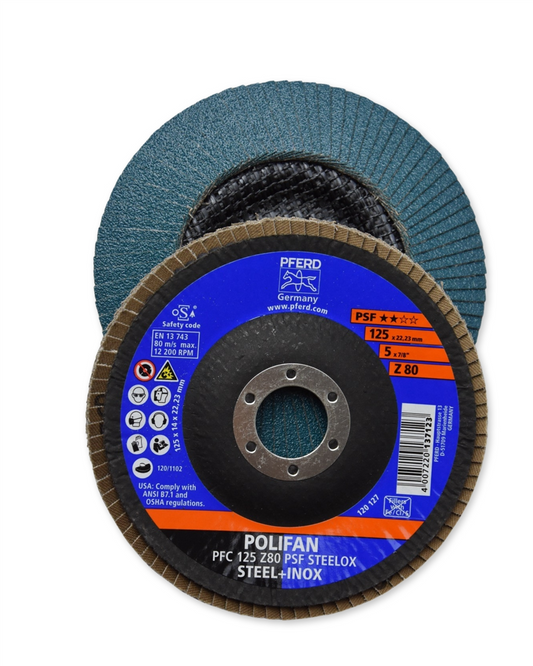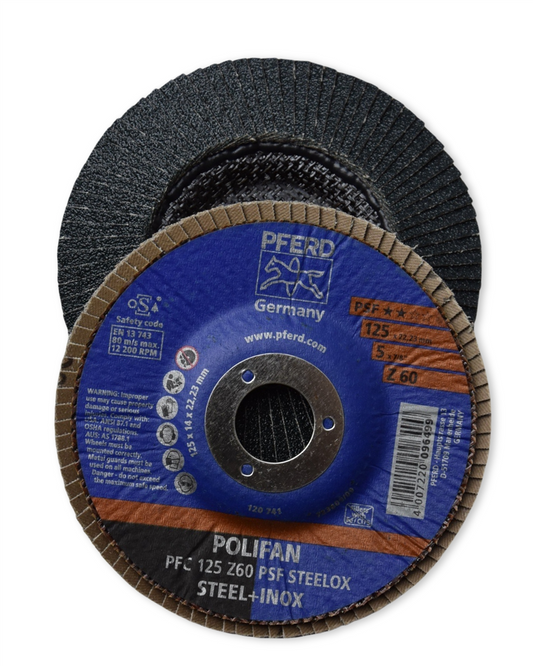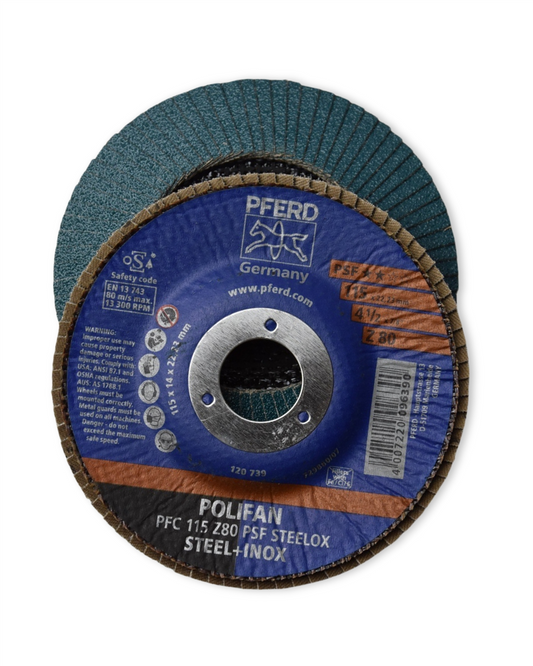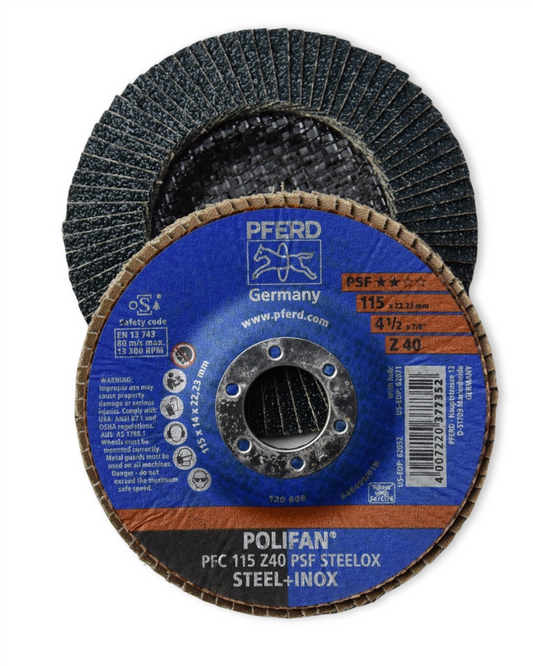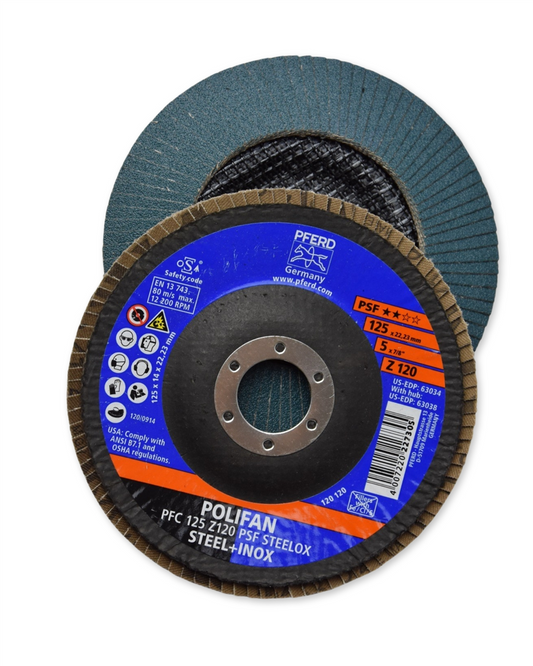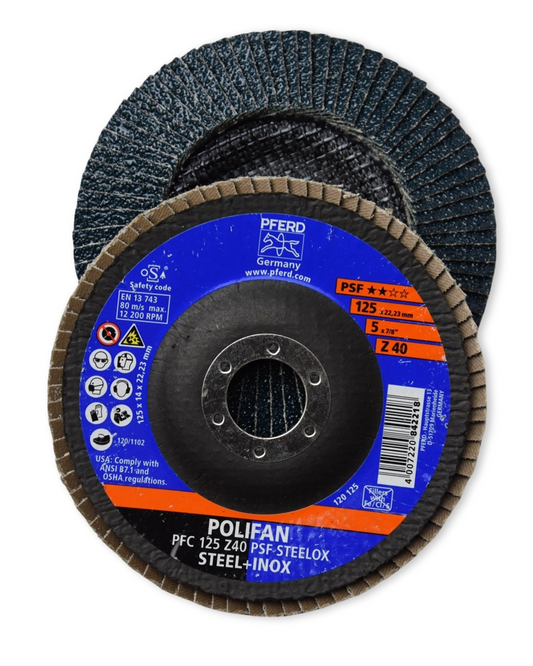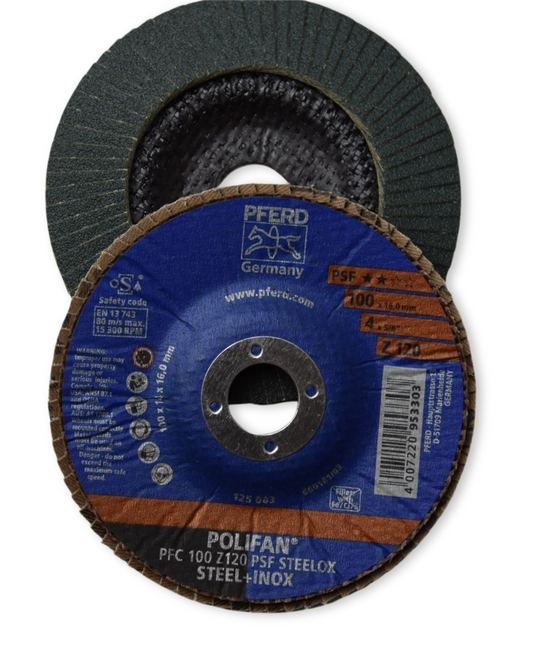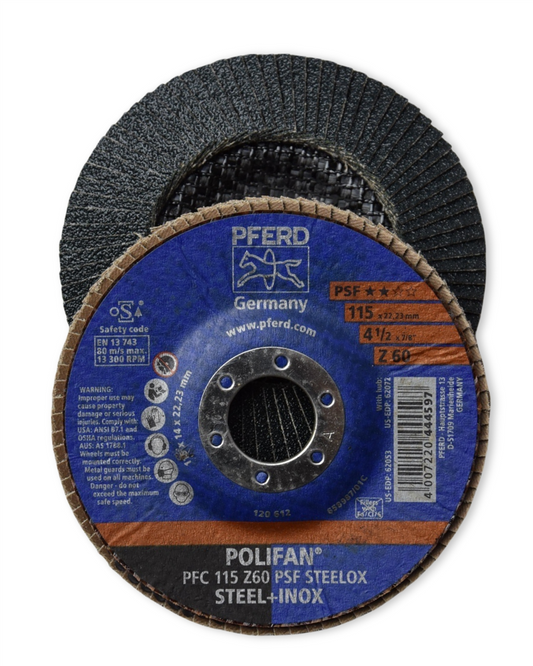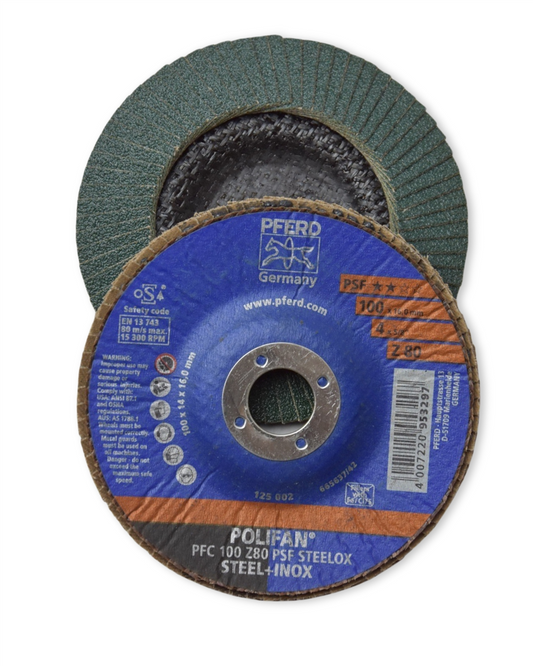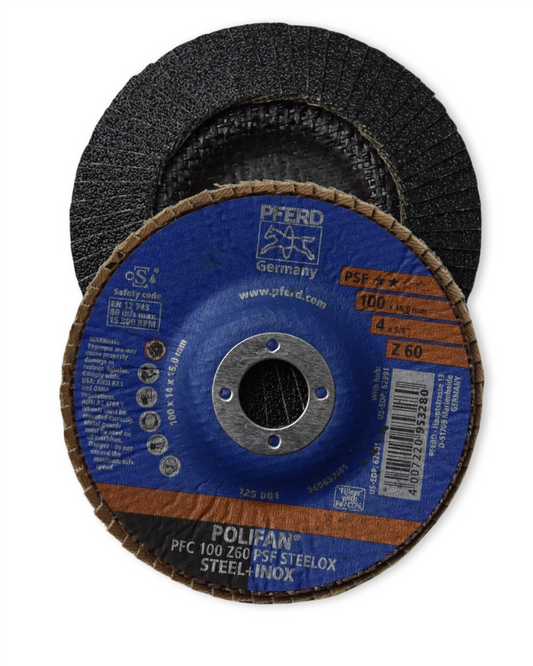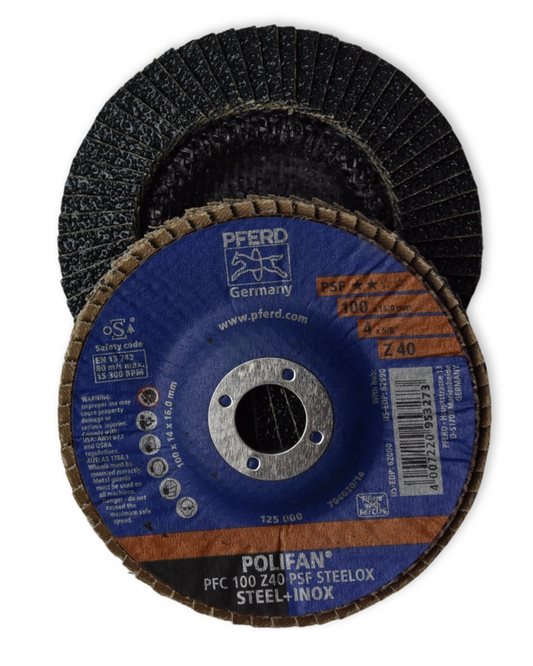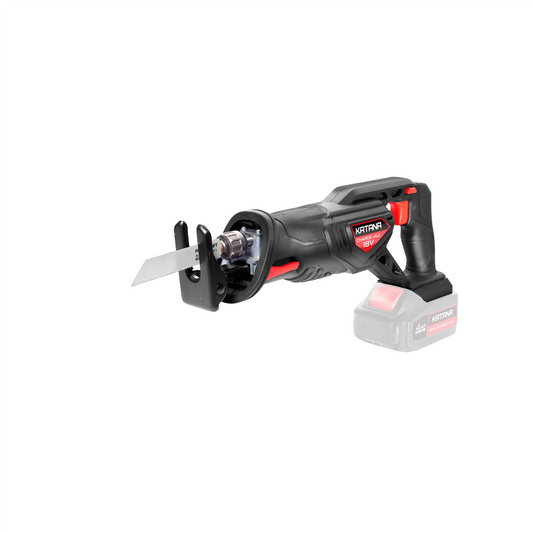Sutton in hand, you realised — drilling clean holes doesn’t have to be daunting
Share
Why Your Drill Might Be Struggling (And What Hole Saws & Auger Bits Can Do About It)
Made for Wood But Useful for So Much More
The first time you try drilling a perfect circle through timber with a standard drill bit, you quickly realise — it's like trying to cut a wedding cake with a spoon. Messy. Time-consuming. Not quite right.
But then, someone hands you a Sutton hole saw, and suddenly the game changes. Clean cuts, less slipping, and a finish that looks far more pro than weekend warrior — even if you're still in paint-spattered trackies.
"In under five minutes, I had my shelf support holes cut, clean, and ready to go. Honestly, I thought I’d need help with this part — but the hole saw made it feel like cheating." — local project-builder and serial renovator
What's the Difference? Hole Saw vs Auger Bit
Let’s keep it simple. Both tools help you drill holes — but the shape, size, and purpose are wildly different.
- Hole Saw: Think of it like a cookie cutter for wood, plasterboard, and even plastic. It’s circular, hollow, and removes a core as it drills. Ideal for creating large holes — perfect for downlights, pipe fittings, or even quirky DIY clocks.
- Auger Bit: Long, spiralled, and designed for deep, narrow holes in timber. Looks like a drill bit on protein powder. Ideal for furniture making, outdoor timber framing, and tasks where you want control and a nice, clean bore.
Here’s what that means in plain speak:
Want something to go through? Use a hole saw.
Want something to go into? Call in the auger bit.
When These Tools Save the Most Time
1. Installing Downlights or Ceiling Fixtures
Using a handsaw or jigsaw for this? Yikes. A metal-cutting hole saw delivers a smooth finish and keeps the plaster from crumbling.
2. Building a Cubby House or Outdoor Kitchen
Drilling cable or pipe holes in thick recycled timbers? Go auger. It powers through dense wood with less wrist strain thanks to its self-feeding tip.
3. Running Irrigation or Conduit Through a Fence
If you’ve ever wrestled with your standard spade bit and ended up with a burnt smell and a wonky hole, you’ll appreciate the difference immediately.
How to Actually Use Them Without Wrecking Your Timber (or Your Knuckles)
Using a Hole Saw:
- Measure twice, mark your centre point clearly
- Use a pilot drill bit in the centre to anchor the saw
- Run your drill on a low speed — let the teeth do the work
- If cutting into metal or hard surfaces, add lubricant and keep it cool
Using an Auger Bit:
- Same first step — always measure and mark
- Use a clamp if your timber’s light; augers need stability
- Keep it slow and steady — resist the urge to push
- To drill deeper holes, periodically reverse out to clear the debris
The Tools You Need (and What Not to Skimp On)
Not all hole saws and augers are created equal. The $5 version might seem tempting — until it jams mid-project or snaps under pressure. Tools made from high-speed steel or carbon steel will last longer, hold their edge, and give you cleaner results (hello, less sanding).
Quick Tip: Look for ones with an adjustable arbor — lets you swap hole saw sizes in seconds. That’s your ‘Swiss army’ attachment for multiple jobs.
Need-to-Know: Shank Sizes and Drill Compatibility
Match your bit to your drill. A mismatch here can mean slipping, spinning, or a bit that just won’t bite.
- Standard drills: Usually take hex or round shank bits
- Heavy-duty drills and hammer drills: Accept SDS or larger shanks — too much for regular hole saws unless rated correctly
Helpful rule: If you're pushing your drill too hard, it’s the wrong combo for the job.
Seen It Go Wrong? Here’s the Usual Suspects
- Using the wrong drill speed: Too fast and you burn the bit. Too slow and it snags.
- Skipping the pilot hole: Your saw will wobble like it’s had one too many at footy club draw night.
- Overheating: A dead giveaway your gear’s poor quality or you’re drilling too long without a break.
The Takeaway You’ll Keep Coming Back To
Hole saws make quick work of cutting through.
Auger bits help you go in deep without drama.
Knowing which one to grab — and how to use it properly — saves time, frustration, and those last-minute “help!” texts to Dad.
You don’t need to be an expert, just someone willing to learn. And maybe a little stubborn about doing things right. The rest? That’s what we’re here for.
Catch you in the tool aisle!
— Candeece

Stay Connected
Follow our Facebook Page: Strathalbyn H Hardware on Facebook

